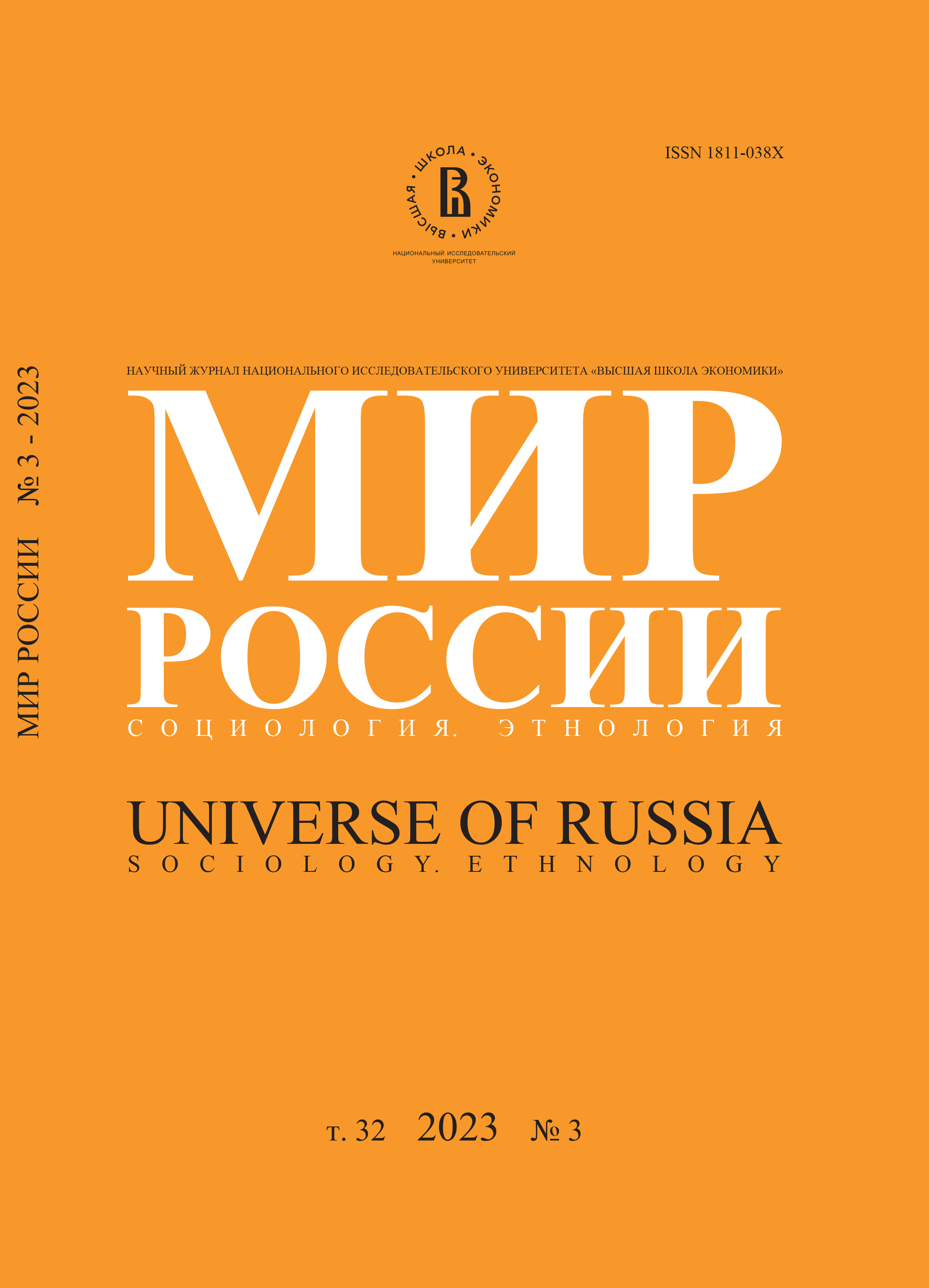Рождаемость в России: кого и как стимулирует демографическая политика?
Аннотация
В статье исследуется современная демографическая политика России с точки зрения ее реальных, а не декларируемых интенций. На основе анализа исторического контекста демографического вопроса в России и существующих работ, фиксирующих инертность итоговой рождаемости к мерам социальной поддержки, выдвигается предположение, что пронаталистская семейная политика используется регулятором в качестве точки входа для перераспределения ресурсов в строительный сектор через финансовых операторов – банки. Показано, что другие мероприятия демографического пакета, не связанные с покупкой жилья, на практике не реализуются из-за институциональной неприспособленности среды или являются скорее мерами социальной помощи малообеспеченным семьям, а не тактикой, способствующей повышению рождаемости. Де-юре демографическая политика разворачивается в де-факто неолиберальную: спрос на жилье стимулируется средствами материнского капитала и финансированием программ льготного кредитования, долговая нагрузка населения растет, при этом российские семьи в целом не меняют свою программу детности и не рожают в процессе ее реализации детей больше, чем предсказывает вектор демографического развития России.






